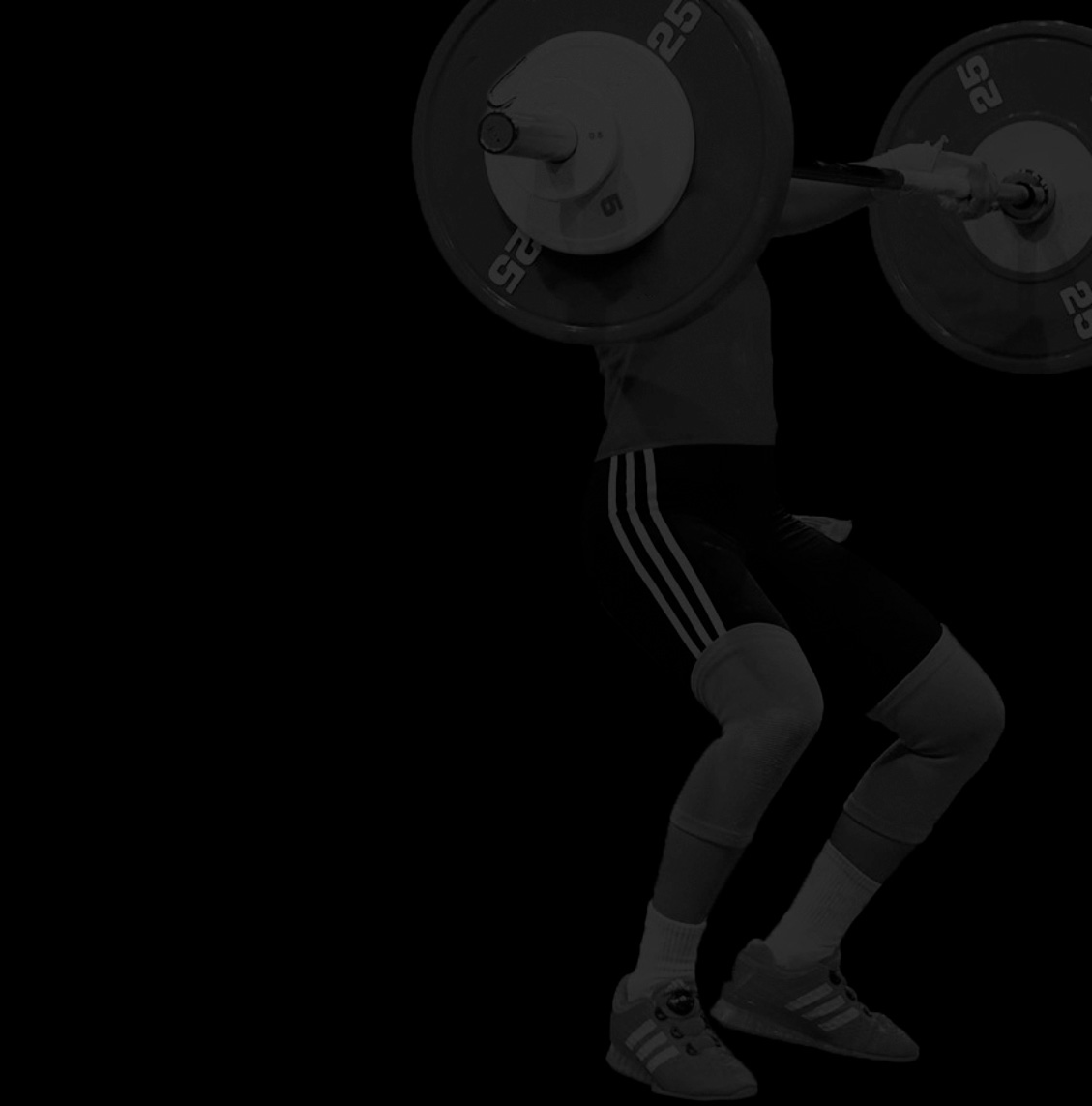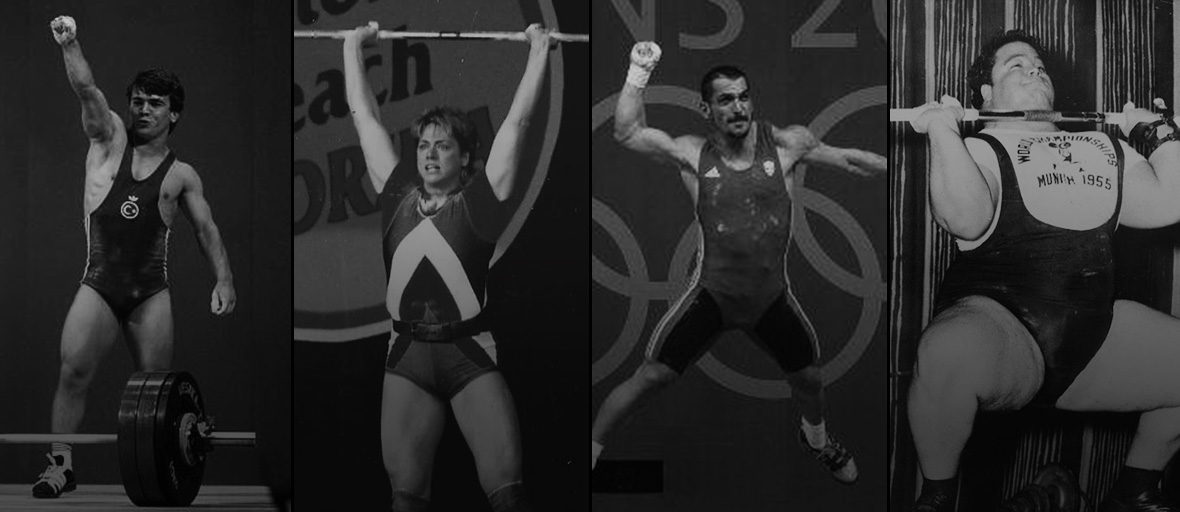Ten (10) new bodyweight categories for women and ten (10) new categories for men were approved by the IWF Executive Board and ratified by the Congress. Seven (7) and seven (7) bodyweight categories were also selected for the Tokyo 2020 Olympic Game

Weightlifting

The IWF was founded in 1905, and has 193 member federations.
Originally called the Fédération Haltéphile International (FHI), it changed its name to International Weightlifting Federation (IWF) between the 1972 and 1976 Summer Olympics.
2018
Tashkent - Uzbekistan
Ten (10) new bodyweight categories for women and ten (10) new categories for men were approved by the IWF Executive Board and ratified by the Congress. Seven (7) and seven (7) bodyweight categories were also selected for the Tokyo 2020 Olympic Game
Beijing - Penang
2016
2014
7th November
Almaty
Shenzhen
2011
2010
15th–19th August
Singapore
20th–24th May
2009
Chiang Mai
2008
25th–28th November
Komotini, Greece
3rd March
Istanbul
IWF celebrates its centenary (10 June 1905, Duisburg, Germany).
4th March, IWF Congress, Istanbul: With effect of 1st May, the weight of the barbell must always be a multiple of 1.0 kg.
A World Record is only valid if it exceeds the previous one (individual lift or total) by 1.0 kg.
2005
2000
16th–26th September
Sydney
24th–25th April
Ramat Gan
New categories are valid: for men 56-62-69-77-85-94-105-over 105 kg, for women: 48-53-58-63-69-75-over 75 kg.
1st World Championships for University and College Students (Women 37 lifters,11 nations, Men 50 lifters, 11 nations).
1998
1997
IWF
1st May
IWF Executive Board Meeting, Warsaw
For the team classification 28-25-23-22-21-20-19-18-17-16-15-14-13-12-11-10-9-8-7-6-5-4-3-2-1 points are distributed for the 1st to 25th place.
10th and 11th December, IWF Congress, Athens: Two-Year-Suspension for a first doping offence.
13th December: The IOC Executive Board confirmed it’s decision to include women’s weightlifting in the programme of the Sydney 2000 Olympic Games.
1996
1995
9th–16th July
Warsaw
16th–18th February
IWF Executive Board Meeting, Hurghada
1993
1992
15th November
IWF Congress in Puerto de la Cruz, Tenerife
The IWF recognizes the masters movement.
When competitors attempt two lifts in succession, they have two minutes (120 seconds) for the succeeding attempt.
27th–28th March
IWF Executive Board Meeting, Atlanta
World records can be set up at the following events: World Championships (Men, Women, and Junior), Continental Championships, Continental Games, and World Cup Gala.
An IWF-conducted doping control is a condition for all the events.
27th September – 5th October, Donaueschingen: One minute (60 seconds) is given to competitors between the calling of their name and the beginning of their attempt.
1991
1990
8th November
IWF Executive Board Meeting, Budapest
11th March
IWF Executive Board Meeting, Tenerife
Lifters setting up world records must undergo doping control.
No fourth attempt for world records permitted.
1989
1988
1st December
IWF Congress, Jakarta
4th September
IWF Executive Board Meeting, Ostrava
The weight increase from the first attempt to the second one in the two competition exercises may be 2.5 kg.
30th October – 1st November, Florida: The first Women World Championships with 100 athletes from 22 countries took place.
1987
1986
23rd March
Budapest
12th–14th January
IWF Executive Board Meeting, Herzogenaurach
It was unanimously agreed that any lifter caught in Los Angeles at the Olympic Games on the use of doping should be suspended for life.
27th July, IWF Congress, Los Angeles: For the team classification 16-14-13-12-11-10-9- 8-7-6-5-4-3-2-1 points are distributed for the 1st to 15th place.
1984
1983
20th October
IWF Executive Board Meeting, Moscow
20th–21st January
Budapest
1981
1980
IWF
The “Special Methodical Commission”, created provisionally in 1977, found the official recognition in the Constitution as “Scientific and Research Committee”.
6th November, Melbourne: Foundation of the “Oceania Weightlifting Federation”.
10th March
Alexandria
1978
1977
IWF
The following ten categories are valid: 52-56-60-67.5-75-82.5-90-100-110-over 110 kg.
The three minutes period for the execution of attempts reduced to two minutes.
For the team classification 12-9-8-7-6-5-4-3-2-1 points are distributed for the 1st to 10th place for the individual lifts and the total.
15th September, Executive Board Meeting, Stuttgart: Provisional creation of a “Special Methodical Commission”.
5th–12th July
Marseille
1975
1973
IWF
Abolition of the two-hand press. Competitions only with two lifts (Snatch, Clean & Jerk with two hands).
For the team classification 12-9-8-7-6-5-4-3-2-1 points are distributed for the 1st to 10th place (only for the total).
6th September
Executive Board Meeting
1972
1969
IWF
The following categories are valid: 52 kg Flyweight, 56 kg Bantamweight, 60 kg Featherweight, 67.5 kg Lightweight, 75 kg Middleweight, 82.5 kg Lightheavyweight, 90 kg Middleheavyweight, over 90 kg till 110 kg Heavyweight, over 110 kg Superheavyweight.
In World and Continental Championships not only the total results but also the individual lifts are honoured with medals.
The organization’s new name is “Fédération Haltérophile International”, in short FHI.
20th September, Warsaw: Foundation of the “European Weightlifting Federation”.
Foundation of the AIPS Weightlifting Commission.
15th October
FIHC Congress, Tokyo
For the registration of junior world records, a category 52 kg is accepted.
When there are 14 or more athletes in a category the competition has to be carried out in two groups.
1964
1962
IWF
World records for juniors are recognized and registered.
Referees are classified in Category I and Category II.
11th June
FIHC Bureau Meeting, London
1961
1958
24th May
Tokyo
Foundation of the “Asian Weightlifting Federation”.
For the team classification 7-5-4-3-2-1 points are distributed for the 1st to the 6th place.
7th November
FIHC Congress, Teheran
For the team classification, there are distributed 10-6-4-3-2-1 points for the first to the sixth place.
Diameter of the bar is 28 mm; distance of the bar between the discs is 1.31 m; height from the ground 21 cm; length of the bar 2.20m.
1957
1951
IWF
New categories are introduced: 56 kg – Bantamweight, 60 kg – Featherweight, 67.5 kg – Lightweight, 75 kg – Middleweight, 82.5 kg – Lightheavyweight, 90 kg – Middleheavyweight and over 90 kg – Heavyweight.
28th February, Buenos Aires: Foundation of the “Pan-American Weightlifting Federation”.
12th October
FIH Congress, Paris
At Olympic Games and World Championships, seven lifters per country may participate, with a maximum of two lifters per category.
The organization’s new name is “Fédération Internationale Haltérophile et Culturiste”, in short FIHC.
A time limit of 3 minutes is allowed for competitors.
1950
1948
7th August
FIH Congress, London
IWF
1947
1946
17th October
FIH Congress, Paris
13th September
FIH Congress, Paris
1937
1928
17th May
Amsterdam Olympic Games
15th March
IWF
1925
1920
23rd August
Antwerp
6th–7th July
Berlin
The organization’s new name is “Internationaler Amateur-Weltverband für Schwerathletik“.
Five bodyweight categories are approved: 60 kg – Featherweight, 67.5 kg – Lightweight, 75 kg – Middleweight, 82.5 kg – Lightheavyweight, over 82.5 kg – Heavyweight.
1913
1912
15th July
Stockholm
10th July
Frankfurt
1910
1905
10th June
Duisburg
Foundation of the „Amateur-Athleten-Weltunion“, predecessor of the IWF, with responsibility for weightlifting and wrestling.
Three body weight categories are realised: 70 kg Lightweight, 80 kg Middleweight and over 80 kg Heavy-weight. Four exercises have to form the program in international competitions: right- and left-hand snatch, two-hand press and two-hand clean & jerk.
7th April
Athens
1896
1891
28th March
London
31st May
Vienna
1890